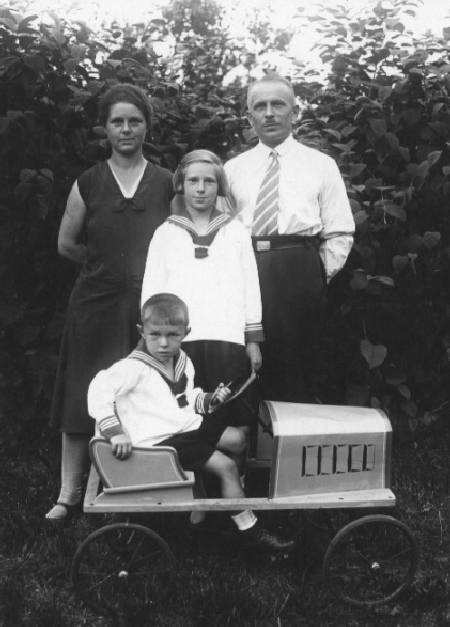
Figure 1.-- Here we see a German family, probably in the 1920s. The brother and sister are wearing coordinated sailor outfits. Note the great peddal car. |

|
German children wore a variety of garments when their outfits were coordinated. Younger children in particular wore a range of identical or coordinated outfits. There were more limited outfit choices for older children. The most frequently used outfit was the sailor suit. The children might for example wear identical middy blouses, but with pants for the boys and skirts for the girls. An example here is a middle-class family in 1909. At the time sailor suits were most popular, girls did not commonly wear dresses. We do see quite a number of brothers and sisters dressed in matching or similar sailor suits, with the boys wearing pants and the girls skirts.
The most frequently used outfit used for dressing children identiclly was the sailor suit. The sailor suit was enormously popular in Germany. This convention was common from the 1890s through the 1930s. We see many family portraits and snapshots of brothers in matching sailor suits as well sisters in matching sailor suits. We also see brothers and sisters wearing sailor suits, in some cases the entire family, rather like the Trapp family in the "Sound of Music". Commonly traditionally styled sailor suits were used. The children might for example wear identical middy blouses, but with pants for the boys and skirts for the girls. Sailor suits were especially popular with middle-class families. An example here is a middle-class family in 1909. At the time sailor suits were most popular, girls mostly wear dresses or skirts. We do see quite a number of brothers and sisters dressed in matching or similar sailor suits, with the boys wearing pants and the girls skirts.
German children wore a variety of garments when their outfits were coordinated. Sailor suits were the most common, but there were many other outfits as well. Here the gender of the children was a major factor. Younger children in particular wore a range of identical or coordinated outfits. We notice both suits as well as play suits. Almost always the children wore similar or identical tops with skirts for the girl and short pants for the boy. This convention permitted a wider age span and the use of a variety bof garments and styles. There were more limited outfit choices for older children. We do not know muh about the 19th century yet, but we see ecamples from the 20h century, mostly the early 20th century before World War II.
Navigate the Boys' Historical Clothing German pages:
[Return to the Main German coordinated style gender page]
[Return to the Main German coordinated style page]
[German choirs]
[German youth groups]
[German school uniforms]
[German royalty]
[German sailor suits]
[Lederhosen]
[Ethnic]
[Tights]
[Long stockings]
Navigate the Boys' Historical Clothing Web Site:
[Introduction]
[Activities]
[Biographies]
[Chronology]
[Clothing styles]
[Countries]
[Girls]
[Bibliographies]
[Contributions]
[FAQs]
[Glossary]
[Images]
[Links]
[Registration]
[Tools]
[Boys' Clothing Home]
